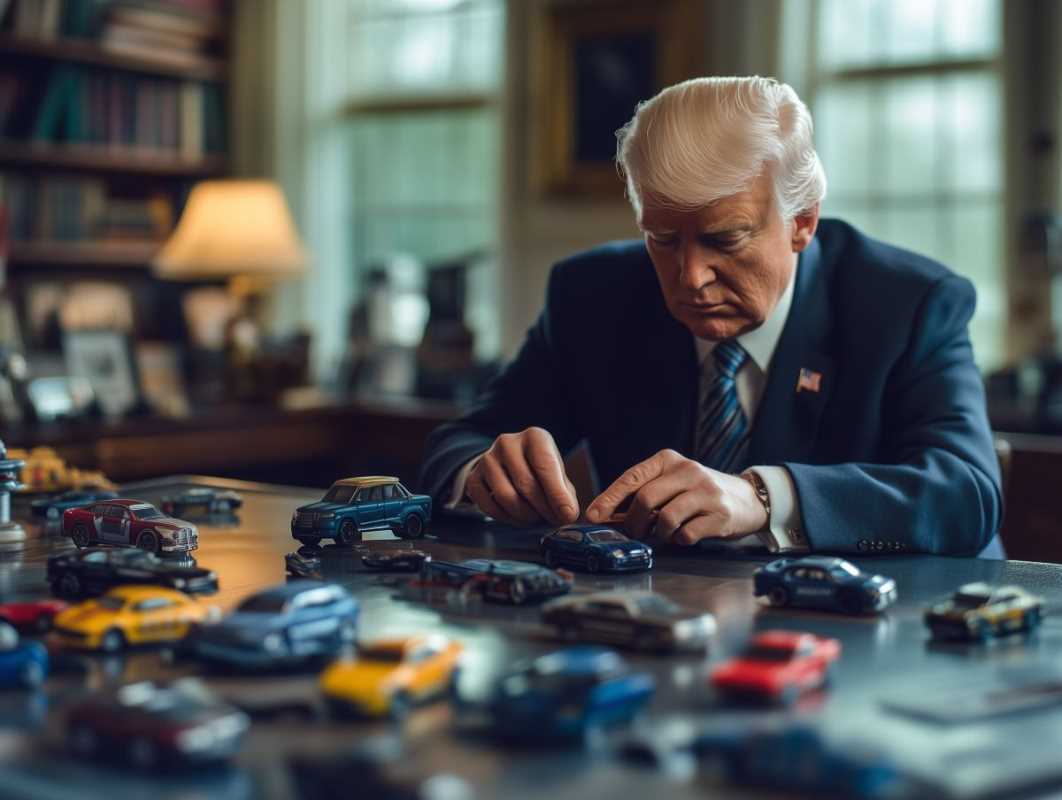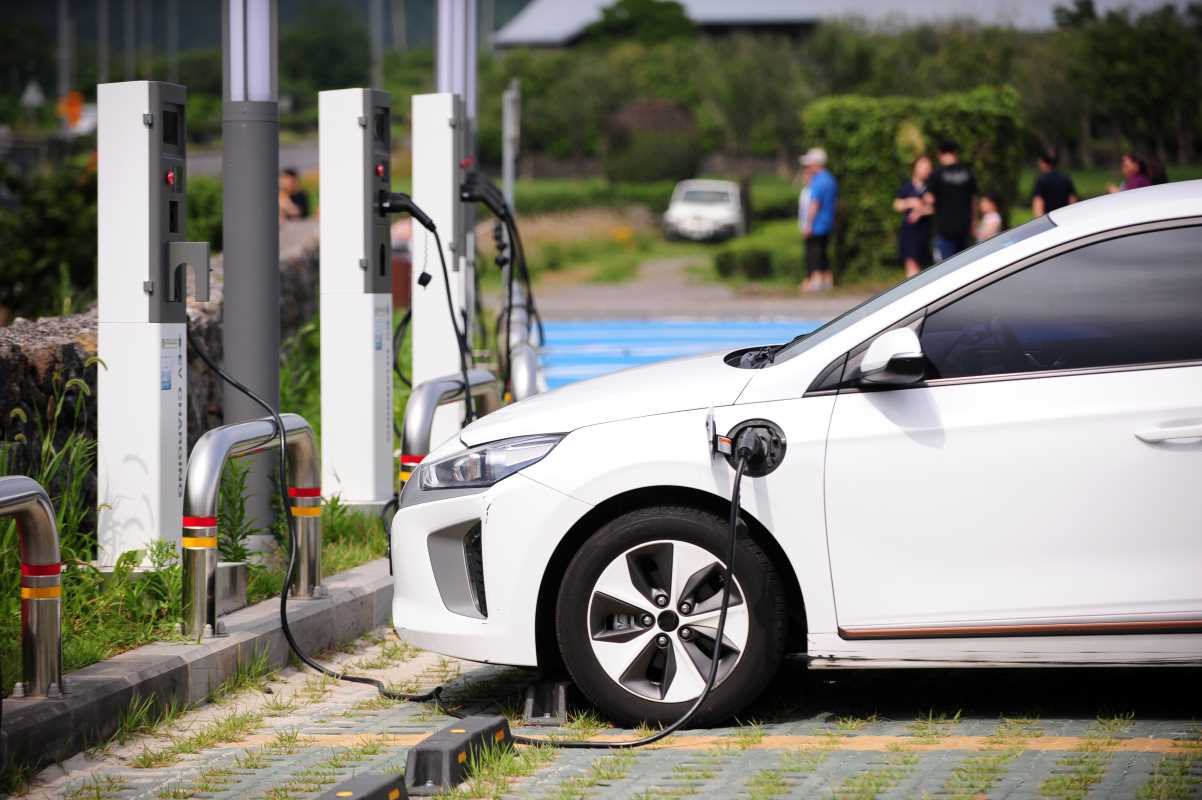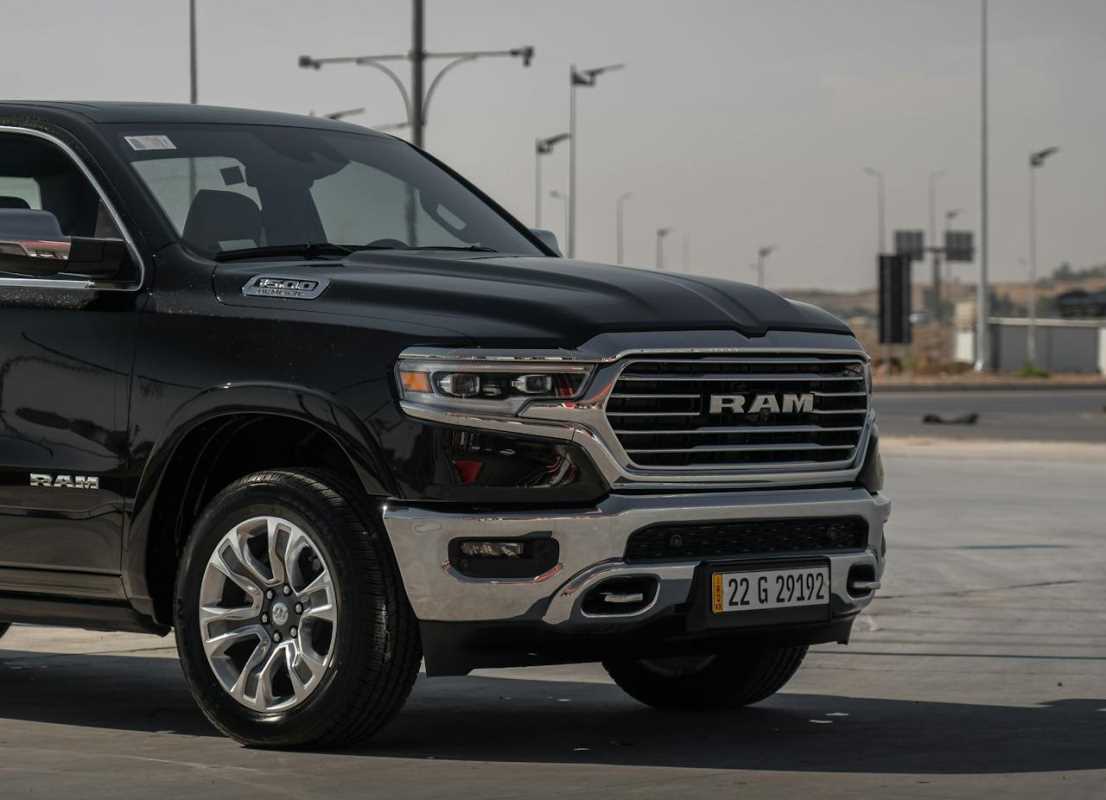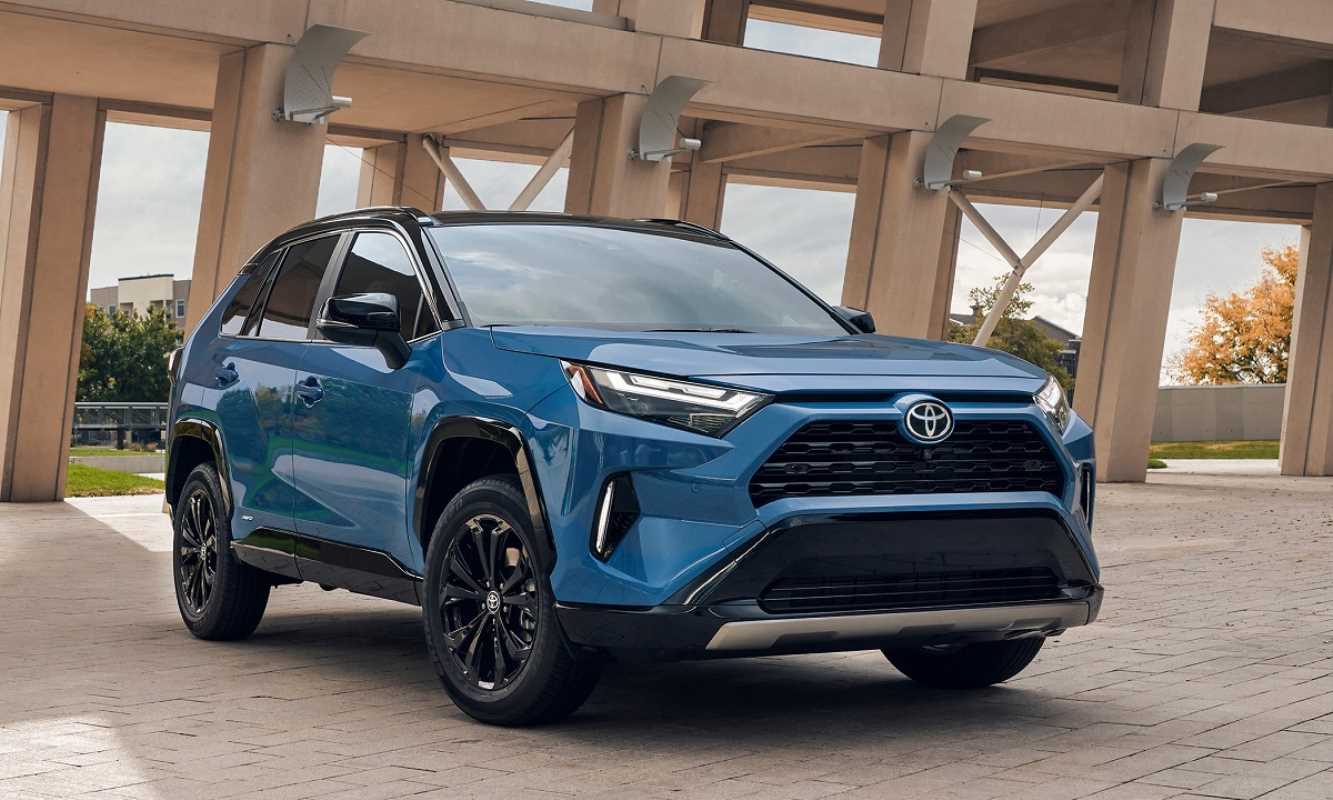The road forward for electric vehicle (EV) policy in the United States just took a sharp turn. President Trump is focusing his efforts on rolling back Biden-era emissions and EV policies, setting up a showdown over the future of the auto industry and climate goals. While some see these actions as a push for consumer choice, others worry they could pump the brakes on an already surging EV market.
Here’s what’s happening, what it could mean for drivers and the auto industry, and how it all might shape the future of electric vehicles and climate action.
Rolling Back Obama and Biden’s Push for EVs
Not long ago, Biden set ambitious targets for EVs to make up 50% of new vehicle sales by 2030. It was a goal aimed at reducing greenhouse gas emissions while speeding up the transition to cleaner transportation. To support this, there were federal tax credits for EV buyers, tightened fuel-efficiency standards, and funding for nationwide EV charging stations.
Now, Trump is turning back the clock. One of his first executive actions was to revoke Biden’s 50% EV target, labeling it as an “electric vehicle mandate.” Though this target wasn’t legally enforceable, it symbolized a shift toward stricter emissions rules and more support for EV production. Removing it is more than just a gesture; it sets the tone for Trump’s approach.
Among the first big moves is a planned overhaul of standards issued by the Environmental Protection Agency (EPA) that aimed to slash emissions from passenger vehicles and heavy-duty trucks. Trump’s administration argues these rules are too costly for automakers and could push up vehicle prices for consumers. By revisiting these regulations, they hope to ease the cost burden on manufacturers, but critics argue it won’t help the climate or air quality.
And it’s not just passenger vehicles. The administration also wants to scrap stricter fuel economy rules for heavy-duty pickup trucks and vans, which were designed to cut millions of tons of emissions and save consumers money at the pump over the long haul.
EV Chargers and Tax Credits Take a Hit
Trump’s actions don’t stop at emissions standards. Efforts to expand EV infrastructure are also under scrutiny. During Biden’s presidency, billions of dollars were allocated for building EV chargers across the country, with a vision of creating a nationwide network to make electric driving accessible for everyone.
Trump has frozen funding for these projects, meaning states may no longer receive the remaining money needed to build chargers. While most of the funds have already been distributed, some projects are left in limbo. For example, companies like Pilot and Love’s, which had planned to expand EV charging at travel stops, are now waiting to see just how far Trump’s freeze might go.
On top of that, EV tax credits could be in jeopardy. Right now, buyers of qualifying electric vehicles can claim federal tax credits to reduce the upfront cost of going electric. While Trump can’t kill these credits through executive orders alone, a Republican-controlled Congress might provide the legislative backing to strip them away.
This move is controversial. While many conservative lawmakers argue the credits are a waste of taxpayer dollars, others in Republican-heavy states have seen the boom in local jobs tied to EV production and battery plants funded through these initiatives. There’s now a tug-of-war between fiscal concerns and the economic benefits of EV-related manufacturing jobs in key states.
What Does This Mean for Automakers?
Car companies aren’t exactly cheering for these changes, even if they might ease short-term production costs. In recent years, automakers like Ford, GM, and Tesla have poured billions into EV development, betting big on consumer demand and global regulations that push for more electric models.
Even if Trump manages to scale back U.S. emissions rules, many automakers can’t ignore international markets that are moving full steam ahead on EVs. Europe, for instance, has aggressive deadlines for phasing out gas-powered cars, and automakers will still need to meet those regulations.
Consider this scenario: If U.S. standards become too easy or inconsistent, automakers could end up producing different vehicles for U.S. and international markets, adding complexity and cost. And with EVs like the Ford F-150 Lightning and Chevy Silverado EV already popular stateside, they risk losing momentum if tax credits and charger funding disappear.
It’s also worth noting the uncertainty these changes bring. Regulatory rollbacks don’t happen overnight. Public comment periods, legal challenges, and possible compromises in Congress make this a long and unpredictable process. During this time, automakers are left navigating an unclear roadmap.
What About the Environment?
There’s no sugarcoating this one. Easing emissions rules and slowing EV adoption don’t help the fight against climate change. Transportation is one of the largest sources of greenhouse gas emissions in the U.S., and experts agree that widespread EV use is critical to reducing our carbon footprint.
Trump’s administration says these changes are about fairness, affordability, and not forcing consumers into expensive EVs. But environmental advocates argue that the long-term costs of emissions far outweigh any short-term savings.
California, meanwhile, finds itself in Trump’s crosshairs. The state has its own stricter emissions rules and a plan to end sales of gas-powered cars by 2035. Trump is challenging California’s authority to set these kinds of rules, potentially sparking a legal battle. Other states that follow California’s lead will also be watching closely to see how this plays out.
For now, California's leadership sees these policies as critical to meeting climate goals, but if Trump succeeds, it could weaken nationwide progress on clean transportation.
Where Does This Leave Consumers?
For car buyers, all of this could have mixed effects. On one hand, looser emissions regulations might mean that buyers still have access to lower-cost gas-powered vehicles, which is what Trump says he’s aiming for. On the other hand, it could also slow down EV adoption, leaving consumers stuck with fewer choices and less infrastructure to support electric driving.
And here’s the irony. According to recent surveys, consumer interest in EVs is growing. Many drivers are drawn to the lower cost of ownership (no more pricey gas stops), environmental benefits, and the fun, instant torque of an electric motor. With more affordable, entry-level EVs hitting the market, people are warming up to the idea of driving electric. But Trump’s rollback could make EVs harder to access, both financially and practically.
For someone considering making the switch to an EV, it’s an odd time. You may still qualify for tax credits and benefit from existing charger networks, but the long-term outlook is a bit uncertain. Your best bet? Take advantage of current incentives while they last.
Trump’s moves are a loud and clear pivot from the progress made under Biden, but they raise big questions about the direction of U.S. auto and climate policy. Can these rollbacks truly steer the industry back to gas-powered dominance, or is the market already moving toward EVs with or without federal support?
 (Image source: Midjourney)
(Image source: Midjourney) 





